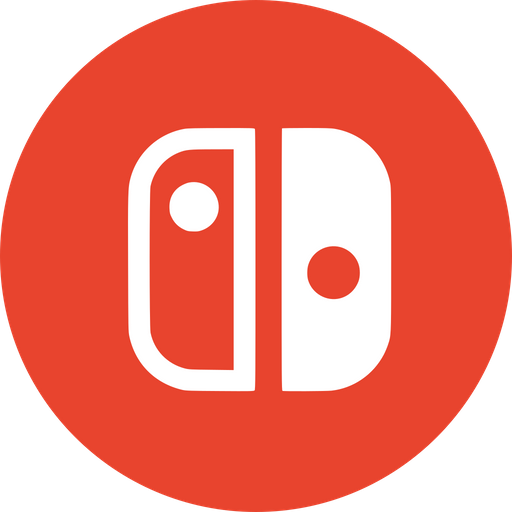

A 9News reporter has been caught in the crossfire of chaotic protests that have engulfed parts of Los Angeles.
Looks to me like the guy turned and intentionally shot her completely unprovoked. I can’t tell what was happening In front of her though if she was really in crossfire.




Oliv in Swedish.